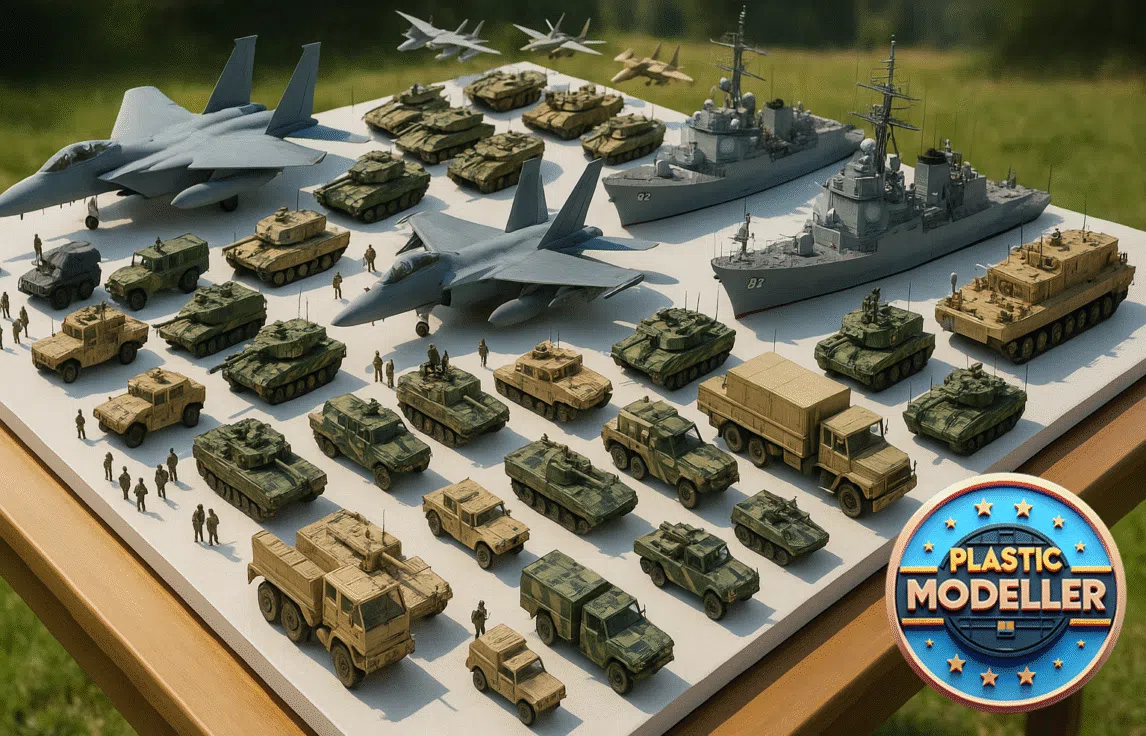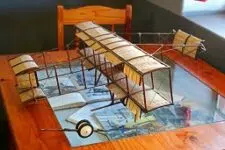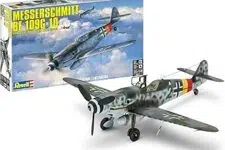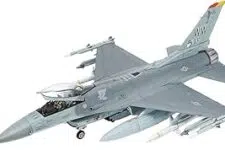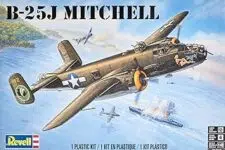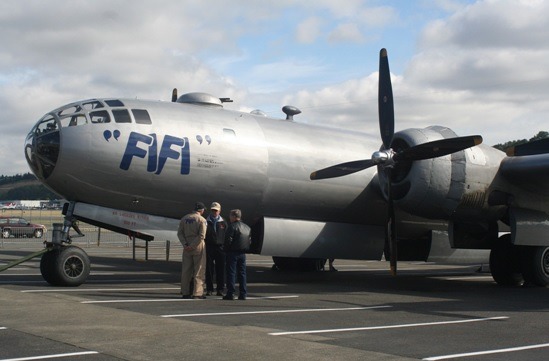
Table of Contents
The B-29 Superfortress, undoubtedly the most proficient bomber of World War II, is a testimony to the era’s technological supremacy. This aircraft could carry bigger payloads, fly faster, and reach higher heights than any other modern bomber. It was crucial in the systematic bombing of Japan in 1944 and 1945, and two specially modified B-29s were used in the atomic bombings on Hiroshima and Nagasaki, which contributed greatly to the Pacific War’s end.
The origins of the B-29 Superfortress
The B-29 Superfortress was created in response to specifications supplied by the United States Army Air Corps in January 1940. The designs were then modified further to equip the aircraft with additional weapons and a larger bomb load. The first prototype took out from Boeing Field in Seattle, Washington, in September 1942. The B-29 was the world’s heaviest production airplane at the time of its launch, and its aerodynamics were optimized through significant wind tunnel testing.
The B-29 Superfortress has some novel features.
The B-29 Superfortress pioneered various bomber-type technologies. It had pressurized crew rooms, remotely controlled gun turrets, and dual bomb bays with alternating bomb discharge. Its structure, which was originally intended to house a massive bomb load, was reinforced with a circular cross-section for increased strength. Furthermore, it was one of the few American combat aircraft of WWII to have a stepless cockpit design, with no separate windscreen for the pilots.
Manufacturing Achievements and Difficulties
The B-29’s manufacturing process was an extraordinary industrial feat in the early 1940s. The aircraft’s innovative design, difficult requirements, great production pressure, and rapid development caused significant setbacks. During the war, production was split between Boeing operations in Wichita, Kansas, and Renton, Washington, and was also licensed to Martin and Bell.
Dashboard
The powerful Wright R-3350 engines overheated repeatedly during testing, causing the second prototype to crash just north of Boeing Field in February 1943. These obstacles, however, did not dissuade the determined crew. By the end of the war, a total of 3,970 B-29s had been produced, with many of them later modified to tankers for in-flight refueling.
Combat History and Roles
During World War II, the b 29 Superfortress saw heavy combat, particularly in the Pacific theater. The aircraft’s performance allowed it to take part in long-range methodical bombing of Japan in 1944 and 1945. The B-29 remained in frontline bomber service throughout the Korean War, displaying its ongoing utility and resilience.
Aside from its primary purpose as a bomber, the boeing b-29 superfortress bomber was also used for maritime patrol, aerial refueling, weather reconnaissance, and search and rescue missions. In addition, individual B-29s were modified as “motherships” for research aircraft in the late 1940s and 1950s, including Chuck Yeager’s first supersonic flight in the Bell X-1.
The Atomic Bombings
The B-29’s most infamous role happened in August 1945. Two B-29s, the Enola Gay and Bockscar, were modified and assigned to a mission that would change the course of history. They were used to drop atomic bombs on Hiroshima and Nagasaki, Japan, effectively ending the Pacific War.
Transformation and Legacy Following the War
After the war, B-29s underwent considerable modifications. Many were converted into aerial refueling tankers and used in the Korean War. Others were used to drop barrels of rations on Japanese POW camps, delivering prisoners of war with essential supplies. The B-29 design was refined into the B-50, which debuted in 1947.

Specific B-29s were converted as “motherships” for research aircraft in the late 1940s and early 1950s. One of the most significant of these modifications was for Chuck Yeager’s first supersonic flight in the Bell X-1. This historic incident heralded a new era in aviation history, proving the B-29’s enduring versatility and adaptability.
Preservation and restoration
Several B-29 Superfortress are still on display at museums and aviation institutions today. The T-Square 54 is one such aircraft, which fought in the Pacific during WWII, flying at least 37 combat flights with the 875th Bomb Squadron, 498th Bomb Group. After the war, this bomber was modified into an aerial refueling tanker and operated in the Korean War.

The plane was later retired to the China Lake Naval Gunnery Range, where it stayed until a rescue was organized in 1986 by volunteers from Lowry Air Force Base in Colorado. When Lowry closed in 1994, the aircraft was transferred to The Museum of Flight, where extensive repair is ongoing while on public display.

Conclusion
The b 29 Superfortress is an emblem of technological progress and human perseverance. Its extraordinary features, battle experience, and post-war change attest to its crucial significance in World War II and beyond. The thorough preservation and restoration of these aircraft ensures that future generations can appreciate their historical value as well as the courageous efforts of those who planned, built, and flew them.
